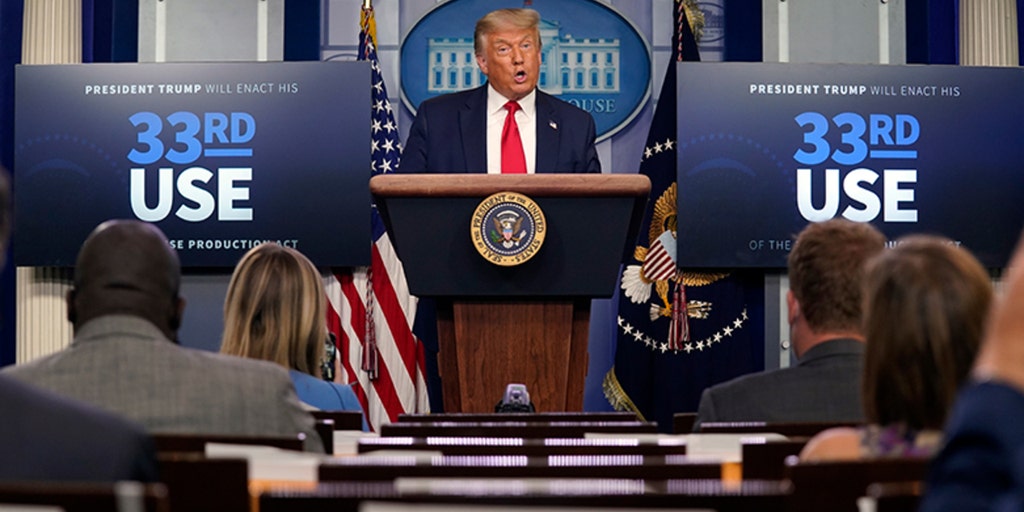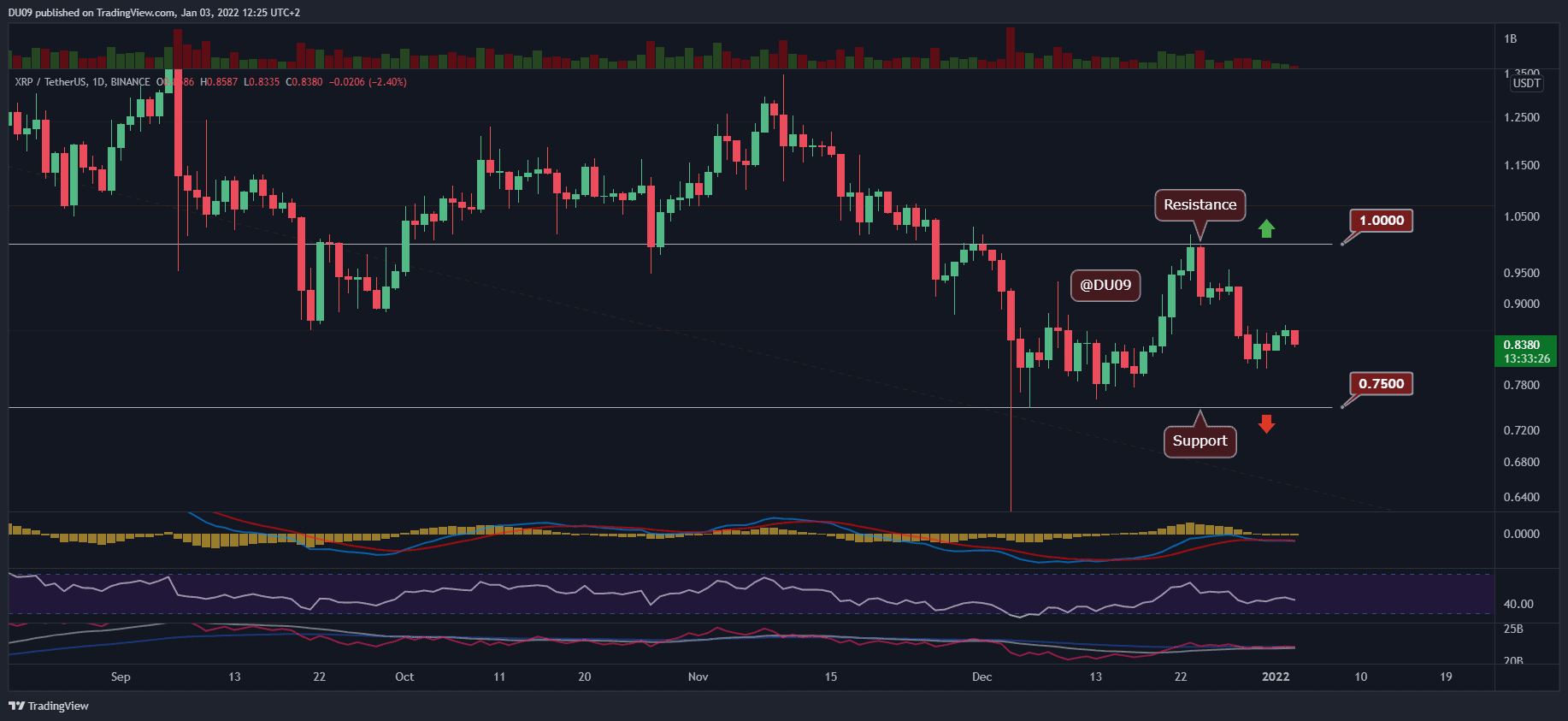China's Pharmaceutical Independence: Reducing Reliance On US Imports

Table of Contents
H2: The Drivers of China's Pharmaceutical Independence
The drive towards pharmaceutical independence in China stems from a complex interplay of national security concerns, economic incentives, and public health imperatives.
H3: National Security Concerns
Over-reliance on foreign pharmaceutical suppliers presents significant geopolitical risks.
- Supply chain disruptions: Global events, such as pandemics or trade wars, can severely disrupt the supply of essential medicines.
- Trade wars and potential embargoes: Political tensions can lead to restrictions or outright bans on pharmaceutical imports, jeopardizing public health.
- Self-sufficiency in crucial medicines: Ensuring access to vital drugs during times of crisis is paramount for national security.
- The 2020 US-China trade war, for example, served as a stark reminder of the potential vulnerability of relying heavily on imports for critical medicines.
H3: Economic Incentives
Developing a robust domestic pharmaceutical industry offers substantial economic benefits.
- Job creation: Expanding domestic manufacturing creates numerous jobs in research, development, production, and distribution.
- Technological advancement: Increased investment in R&D fosters innovation and technological breakthroughs in the pharmaceutical sector.
- Increased domestic innovation: A thriving domestic industry fosters the development of novel drugs and therapies, reducing dependence on foreign innovation.
- Reduced foreign exchange outflow: Shifting production to domestic manufacturers reduces the outflow of foreign currency for pharmaceutical imports.
- Government initiatives like the "Made in China 2025" plan actively support the growth of domestic pharmaceutical companies through subsidies and preferential policies.
H3: Public Health Imperatives
Ensuring affordable and accessible medicines for the vast Chinese population is a critical driver of pharmaceutical independence.
- Addressing drug pricing: Reducing reliance on imports can help control drug prices and make essential medications more affordable.
- Ensuring equitable distribution: A strong domestic pharmaceutical industry can facilitate more equitable distribution of medicines across the country.
- Improving healthcare infrastructure: The growth of the pharmaceutical sector supports the development of a more comprehensive and efficient healthcare system.
- The focus on generics and biosimilars plays a crucial role in making essential medications more accessible and affordable to a larger segment of the population.
H2: Strategies for Achieving Pharmaceutical Independence
China is employing a multi-pronged approach to achieve pharmaceutical independence.
H3: Investment in R&D and Innovation
Significant investments are being directed towards research and development.
- Funding for research institutions: Chinese government is heavily funding research institutions to boost innovation.
- Partnerships with international companies: While carefully navigating intellectual property concerns, collaborations with international partners are being pursued to accelerate innovation.
- Support for domestic pharmaceutical firms: Government initiatives provide financial and regulatory support to nurture domestic pharmaceutical companies.
- The success of several Chinese pharmaceutical companies in developing innovative drugs and therapies demonstrates the potential of focused investment in R&D.
H3: Domestic Manufacturing Expansion
China is rapidly expanding its domestic pharmaceutical manufacturing capabilities.
- Government policies promoting new plants: Policies incentivize the construction of new pharmaceutical manufacturing facilities.
- Technological upgrades in existing facilities: Investments are being made to upgrade existing facilities with state-of-the-art technologies.
- Attracting foreign investment in manufacturing: Incentives are offered to attract foreign investment in domestic manufacturing operations.
- Statistics demonstrate a significant increase in domestic pharmaceutical production capacity in recent years, signifying progress towards self-sufficiency.
H3: Strengthening Intellectual Property Rights
Protecting intellectual property rights is crucial for fostering innovation.
- Government reforms to improve IP protection: China is implementing reforms to strengthen its intellectual property rights regime.
- Crackdowns on counterfeiting: Stricter enforcement against counterfeit drugs is aimed at protecting both consumers and innovators.
- Attracting foreign investment based on strong IP rights: A robust IP protection system is crucial for attracting foreign investment in R&D and manufacturing.
- International collaborations and the adoption of international standards are playing an important role in enhancing IP protection.
H2: Challenges and Obstacles to Pharmaceutical Independence
Despite significant progress, several challenges hinder China's quest for pharmaceutical independence.
H3: Technological Gaps
A considerable technological gap exists between China and leading pharmaceutical nations.
- The need for advanced research capabilities: Investing in advanced research infrastructure and technologies is critical.
- Skilled workforce development: Training and retaining a highly skilled workforce is essential for innovation.
- Access to cutting-edge technologies: Securing access to advanced technologies through collaborations or independent development is crucial.
- Talent acquisition strategies, including attracting overseas Chinese scientists, are being implemented to bridge the skills gap.
H3: Regulatory Hurdles
Streamlining drug approval processes and improving regulatory efficiency are crucial.
- Improving the efficiency of clinical trials: Faster and more efficient clinical trials are needed to expedite drug approvals.
- Harmonizing regulations with international standards: Alignment with international regulatory standards enhances trust and facilitates international collaboration.
- Building trust in the regulatory system: Transparency and accountability in the regulatory process are crucial for building confidence.
- International collaboration can facilitate regulatory harmonization and accelerate the drug approval process.
H3: Competition and Market Dynamics
Navigating the competitive landscape and establishing a strong domestic industry presents challenges.
- Competition from multinational pharmaceutical companies: Competition from established multinational firms necessitates effective market strategies.
- Pricing pressures: Balancing affordability with profitability requires careful management of pricing strategies.
- The need for effective market strategies: Domestic companies need effective marketing and distribution strategies to compete effectively.
- Government policies aim to foster a competitive yet supportive environment for domestic pharmaceutical companies.
3. Conclusion:
China's pursuit of pharmaceutical independence, driven by national security, economic incentives, and public health imperatives, is a complex and multifaceted undertaking. While significant progress has been made in expanding domestic manufacturing and investing in R&D, challenges remain in bridging technological gaps, streamlining regulations, and navigating competitive market dynamics. Reducing reliance on US imports and achieving true pharmaceutical independence requires continued investment, innovation, and strategic policy implementation. Further research and open discussion are crucial to understanding the long-term implications of China's efforts and the evolving global pharmaceutical landscape. The ongoing development of China's pharmaceutical sector and its quest for independence from US imports warrant continued attention and analysis.

Featured Posts
-
 Kampen Start Kort Geding Tegen Enexis Stroomnetaansluiting Centraal
May 01, 2025
Kampen Start Kort Geding Tegen Enexis Stroomnetaansluiting Centraal
May 01, 2025 -
 Anaheim Ducks Fall To Dallas Stars Despite Leo Carlssons Two Goals
May 01, 2025
Anaheim Ducks Fall To Dallas Stars Despite Leo Carlssons Two Goals
May 01, 2025 -
 Is Xrp Ripple A Good Buy Under 3 Investment Analysis
May 01, 2025
Is Xrp Ripple A Good Buy Under 3 Investment Analysis
May 01, 2025 -
 April 17 2025 Horoscope Astrological Forecast For All Signs
May 01, 2025
April 17 2025 Horoscope Astrological Forecast For All Signs
May 01, 2025 -
 Manitoba Museum Collections A Place For Hudsons Bay Company Heritage
May 01, 2025
Manitoba Museum Collections A Place For Hudsons Bay Company Heritage
May 01, 2025
